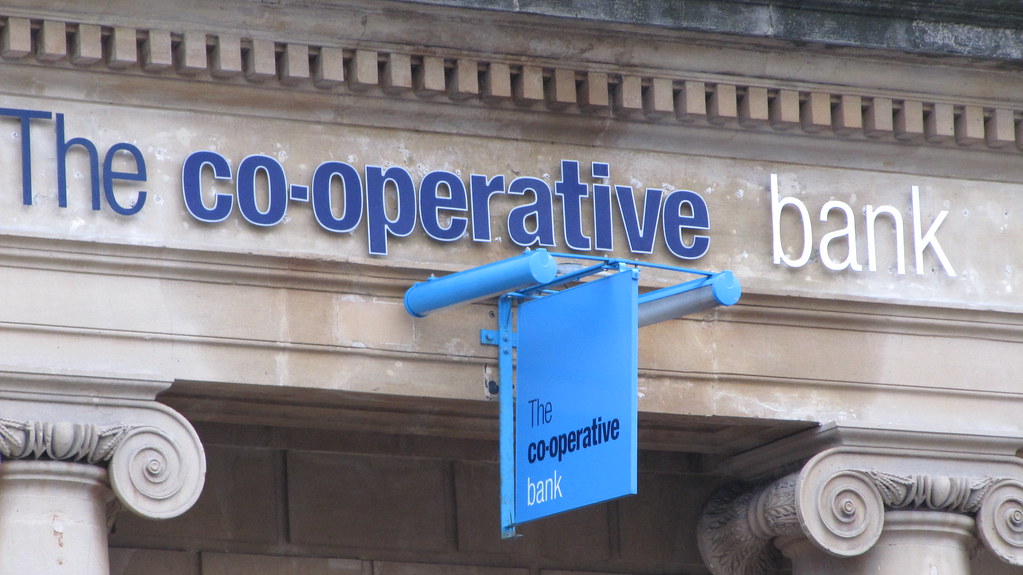
The latest circular dated 02.08.2024 bearing RBI/2024-25/58 DOR.CAP.REC.No.27/09.18.201/2024-25 issued by the Reserve Bank of India brings in uniformity in the treatment of Bad and Doubtful Debt Reserve (BDDR) for prudential purposes and vide this circular RBI has issued revised instructions.
Applicability
This circular is applicable to:
a. Primary (Urban) Co-operative Banks;
b. State Co-operative Banks
c. Central Co-operative Banks
Banks should comply with provisions of respective State Co-operative Societies Acts/Multi-State Co-operative Societies Act, 2002.
This circular is applicable with immediate effect.
Revised Instructions
The following are the revised instructions issued vide this circular:
a. With effect from FY2024-25, all provisions as per IRAC norms, whether accounted as BDDR or any other head, shall be charged as an expense to Profit & Loss Account in the accounting period in which they are recognized. Eligibility of such provisions for regulatory capital purposes is defined in extant guidelines for capital adequacy.
b. After charging all applicable provisions to P&L account, banks may make any appropriations of net profits below the line to BDDR if required under applicable law.
c. The following regulatory treatment is prescribed as a one-time measure to facilitate rectification and smoother transition to an AS compliant approach:
(i) The balances in BDDR as on 31.03.2024 created by directly appropriating net profits instead of recognising as an expense in P&L account shall be identified and quantified (referred to as BDDR2024.
(ii) To the extent of BDDR2024, an appropriation shall be made directly from P&L account or General Reserves to provisions for NPA. Such provisions shall be permitted to be netted off from GNPAs and arrive at NNPAs
(iii) To the extent of balances in BDDR not required as per applicable statute, it can be transferred to General Reserves/Balance in P&L account below the line.
(iv) After passing above entries, balances in BDDR can be reckoned as Tier 1 Capital but shall not be reduced from Gross NPAs to arrive at Net NPAs.
(In accounting parlance, ‘below the line’ refers to items in a profit and loss statement that are income or expense items that are not normally incurred in a company’s day to day operations. It includes exceptional and extraordinary items that relate to another accounting period or do not apply to current accounting period.)
PurposeSeveral co-operative banks have created BDDR on prudential consideration under the provisions of respective State Co-operative Societies. In terms of Accounting Standard 5 – Net Profit or Loss for the Period, Prior Period Items and Changes in Accounting Policies, all expenses which are recognised in a period should be included in the determination of net profit or loss for the period. Consequently, not recognising the required provisions of Non-Performing Assets as an expense while arriving at the profit in the P&L account is not in consonance with Accounting Standards. This circular brings in the much-required uniformity for the treatment of BDDR by the applicable banks.


